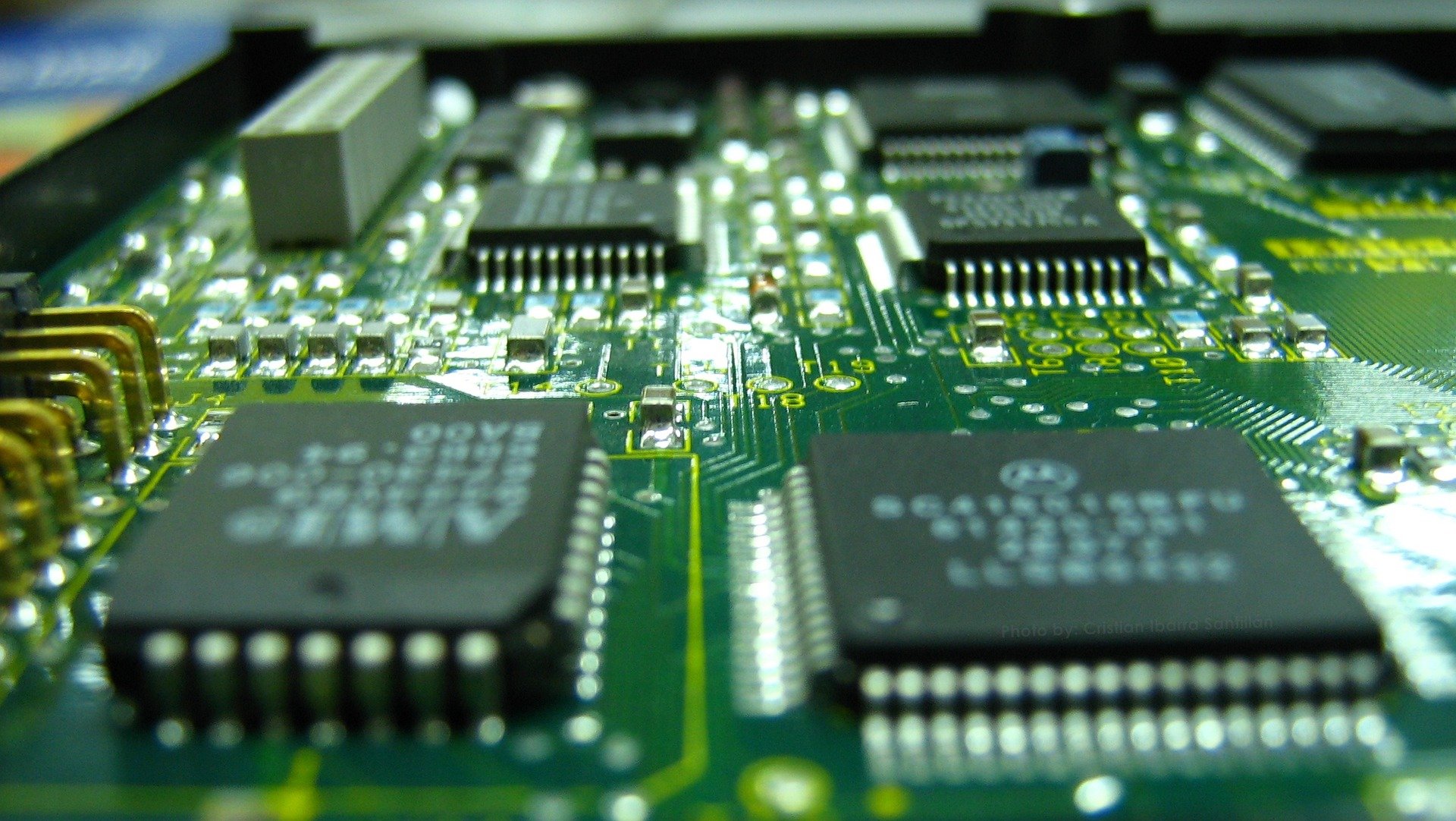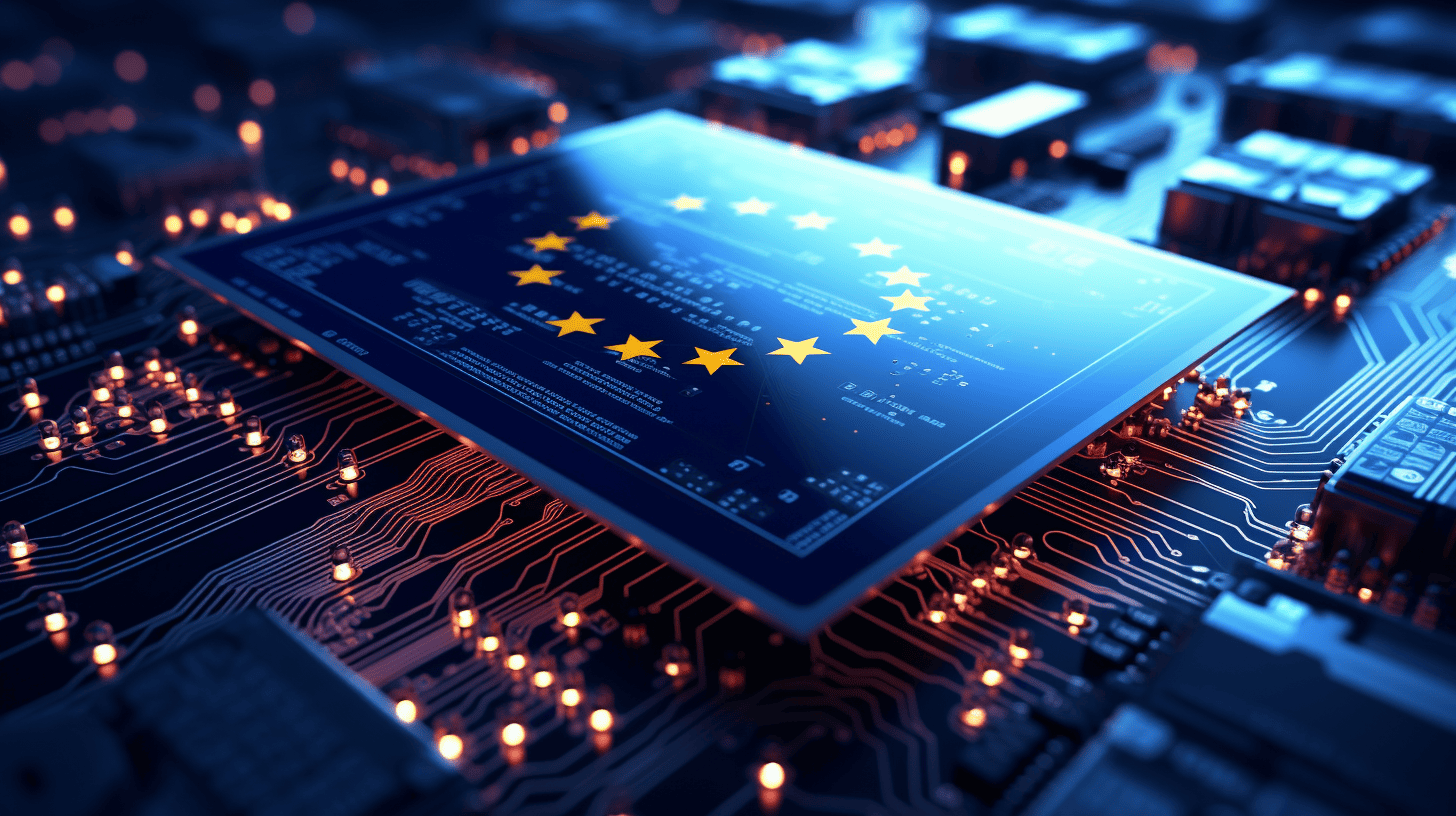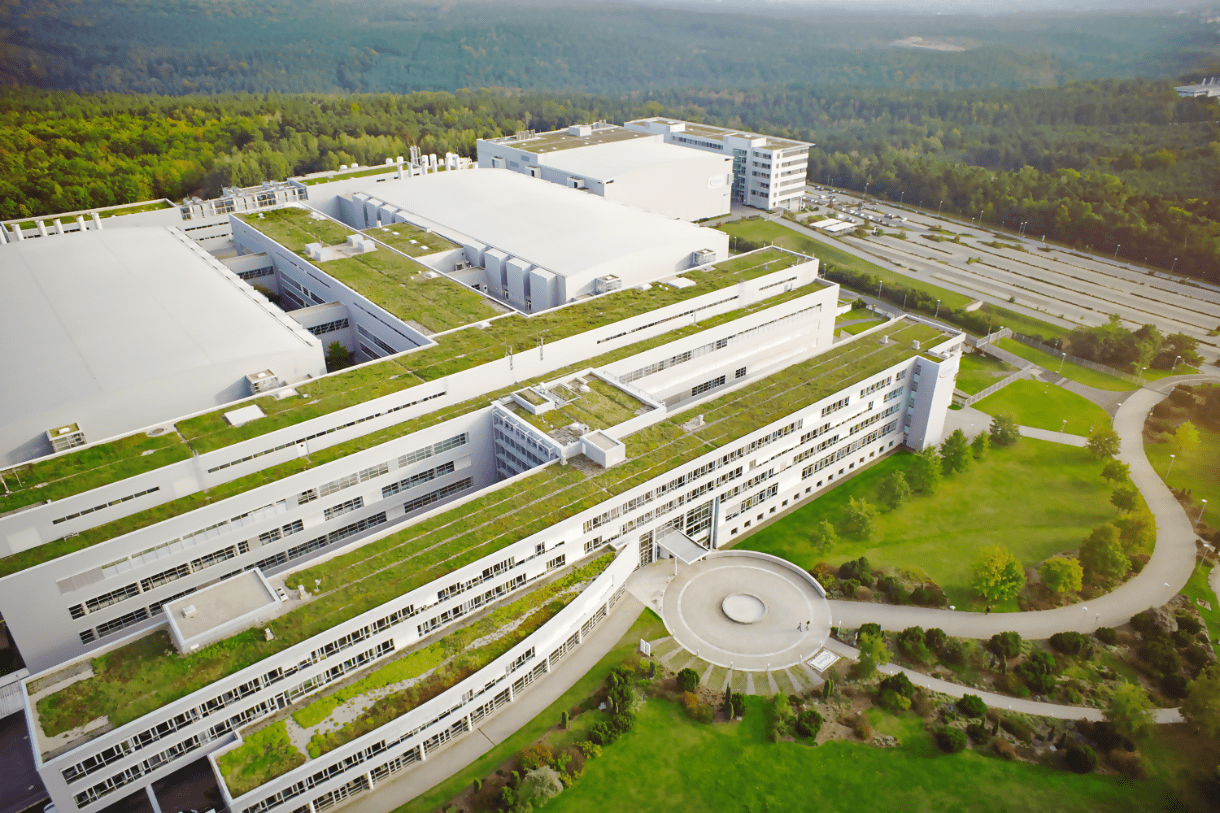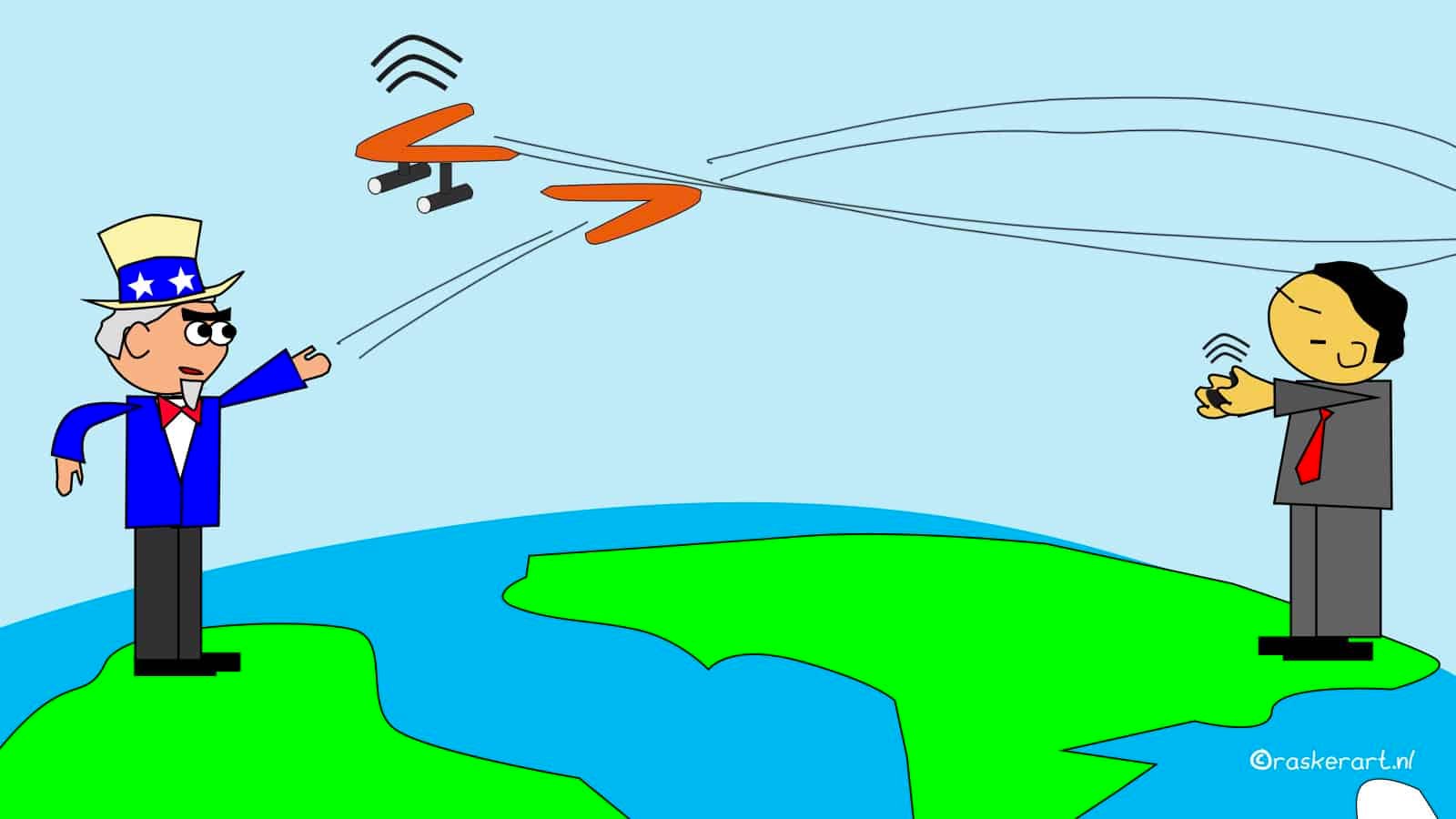
In 2024, Europe is gearing up for a wave of (technological) innovations that will transform the continent. We took a look at AI, chips and energy and list some promising predictions.
- 2024 looks good for Europe when it comes to chips, AI and clean energy.
- There are challenges when it comes to energy storage.
Europe bets on semiconductors
Next year, we can expect a lot from the European semiconductor market, the World Semiconductor Trade Statistics (WSTS) predicts. Remarkably, only the European market expects growth in 2024, with an increase of 5.9%. In the rest of the world, the outlook looks less positive.
The adoption of the European Chips Act in 2023 by the European Commission, aimed at supporting and increasing semiconductor R&D and manufacturing across Europe, is expected to move the continent forward. The act facilitates innovation in areas such as chip design, packaging and heterogeneous systems, supported by a strong and stable ecosystem.
AI and AI chips in particular are important for the semiconductor industry. Developments in this area will largely determine the growth of the industry.
AI affects every sector
However, the application of generative AI will influence and innovate every sector, such as machine learning, computer vision and autonomous robots.
Additionally, in 2024 and beyond, AI may fuel an information war. New advanced language models, such as OpenAI’s GPT5, Meta’s Llama 3, Anthropic’s Claude 3 and Inflection AI’s Pi 2, will all be launched, and applied to varying degrees around the world.
The EU’s commitment to trustworthy and ethical AI, as enshrined in the long-awaited EU AI law, is key to ensuring AI is properly applied in Europe. With its introduction, the EU is positioning itself as a forerunner in regulating AI on the global stage. The law not only ensures protection for citizens, but also provides opportunities for developers and entrepreneurs. It creates a clear framework within which innovative AI applications can be developed, while creating a level playing field for both European and non-European companies operating in the EU.
It remains to be seen which continent is making the greatest progress, as the US, for example, applies a different strategy compared to Europe.

Clean energy generation is top priority
Then: clean energy. European energy companies are doing a lot to switch to green energy. They are investing more money in generating renewable energy, with another 5% coming by 2024, ING research shows. But rising prices and more expensive materials are making them more picky about which green projects they take up.
By 2024, Europe’s top 40 energy companies are likely to invest a total of €132 billion in maintaining and developing their networks, renewables and conventional power generation. Renewables are predicted to account for 52% of total investment in 2024.
Energy storage flattens out
By 2024, deployment of European battery energy storage is actually likely to level off due to a shortage of lithium-ion. A significant acceleration is needed to meet the 2030 targets, targeting 200 GW by 2030 to enable additional renewable energy. Europe will reach about 60 GW of battery storage by 2030, well below the target. There is quite a bit of work to do.
Resilient and determined
This is just a modest glimpse into the myriad developments currently taking place in Europe. From quantum computers to the metaverse, to promising innovations that are moving specific sectors forward, such as healthcare and agrifood; A vibrant year awaits us.
Despite the challenges, the above outlook at least shows that Europe is resilient and determined in many innovative areas. The editors of IO will keep a close eye on developments in 2024.








